The possibilities were almost limitless, so why does everything line up?
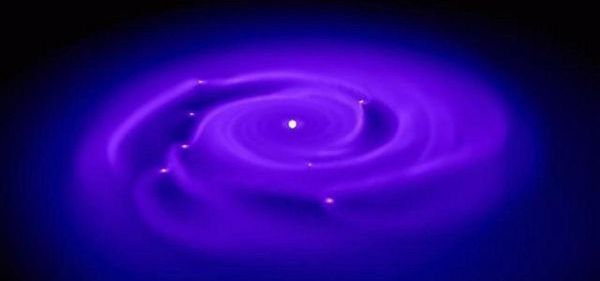

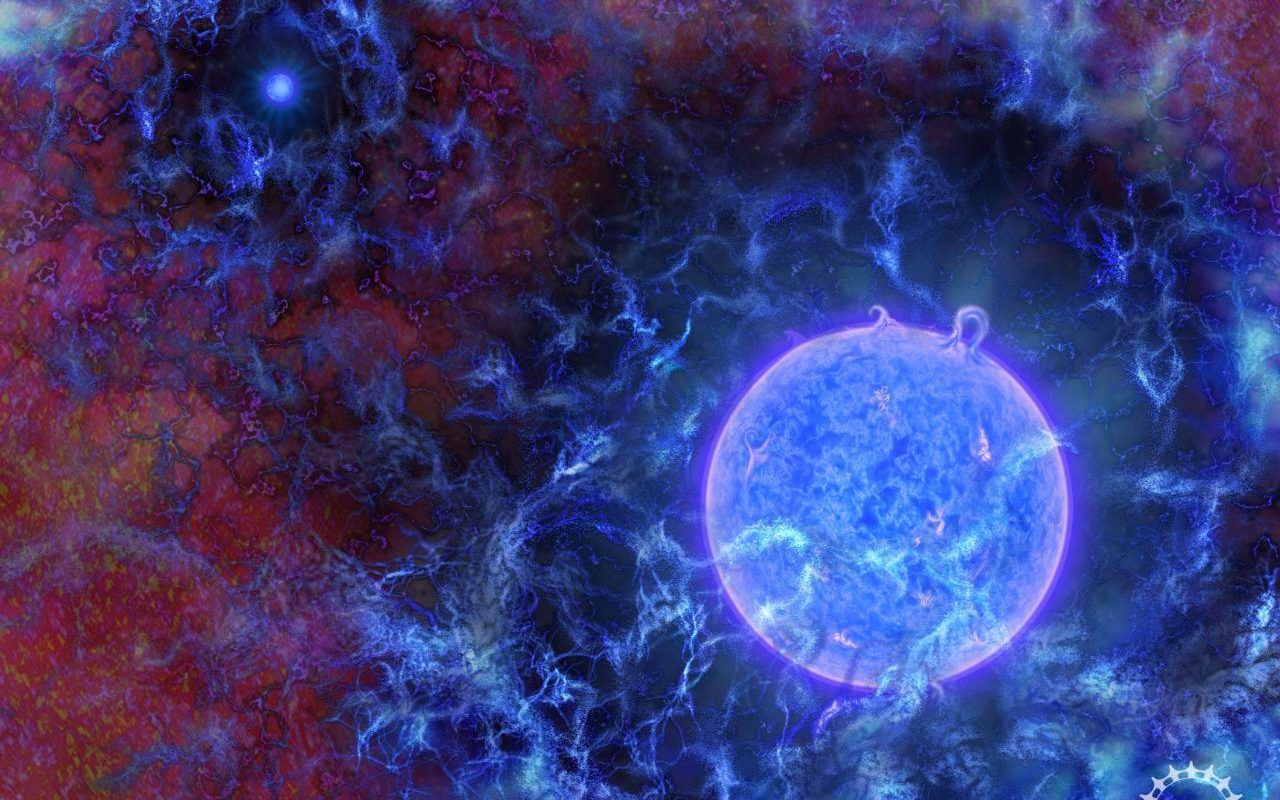
T he first light which ever shone in the universe has been detected by astronomers scouring the skies for the earliest stars.
Using a simple radio antenna positioned in the quietest place on Earth — the western Australian desert — scientists picked up a signal of the long-sought ‘cosmic dawn.’
The breakthrough was described as ‘revolutionary’, ‘trailblazing’ and the most important discovery in astronomy since the detection of gravitational waves in 2015.
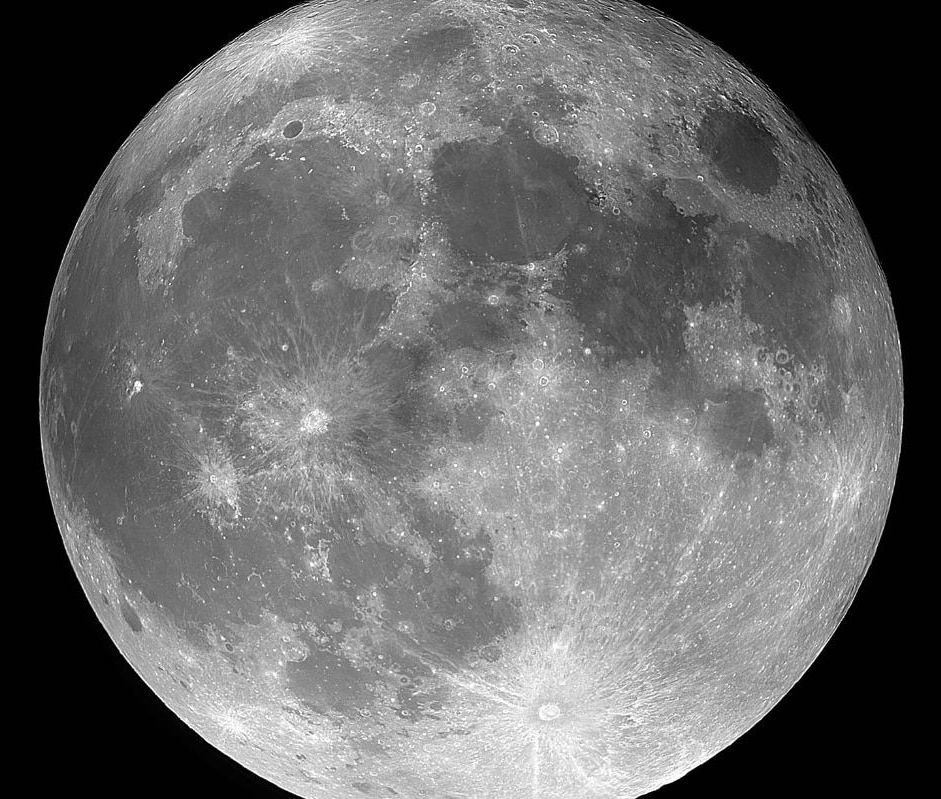
A s was the case in January, there are two full Moons in March, one on the 2nd and one on the 31st.
The second full Moon in a month has popularly become known as a Blue Moon even though this is not the original definition. That stated a Blue Moon was the third full Moon in a season which contained four full Moons.
The occurrence of two full Moons in January followed by two in March takes place approximately four times every century.
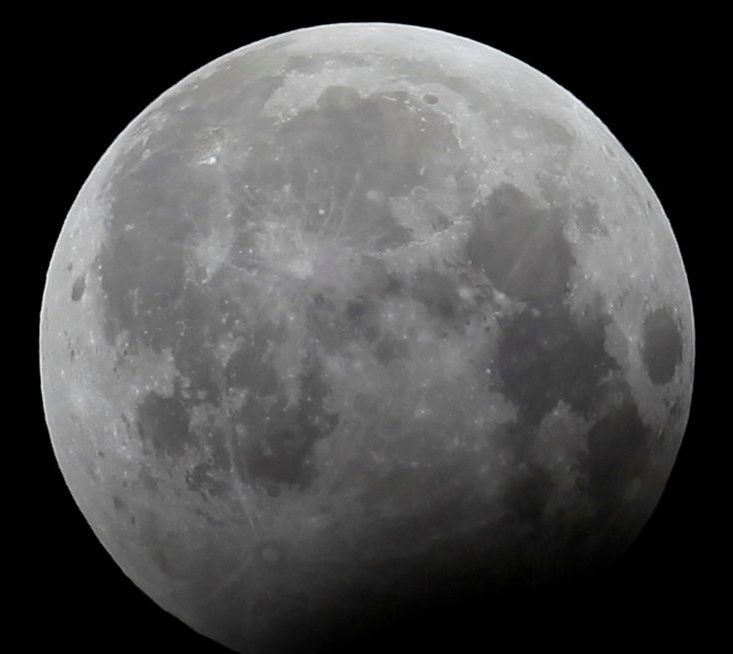
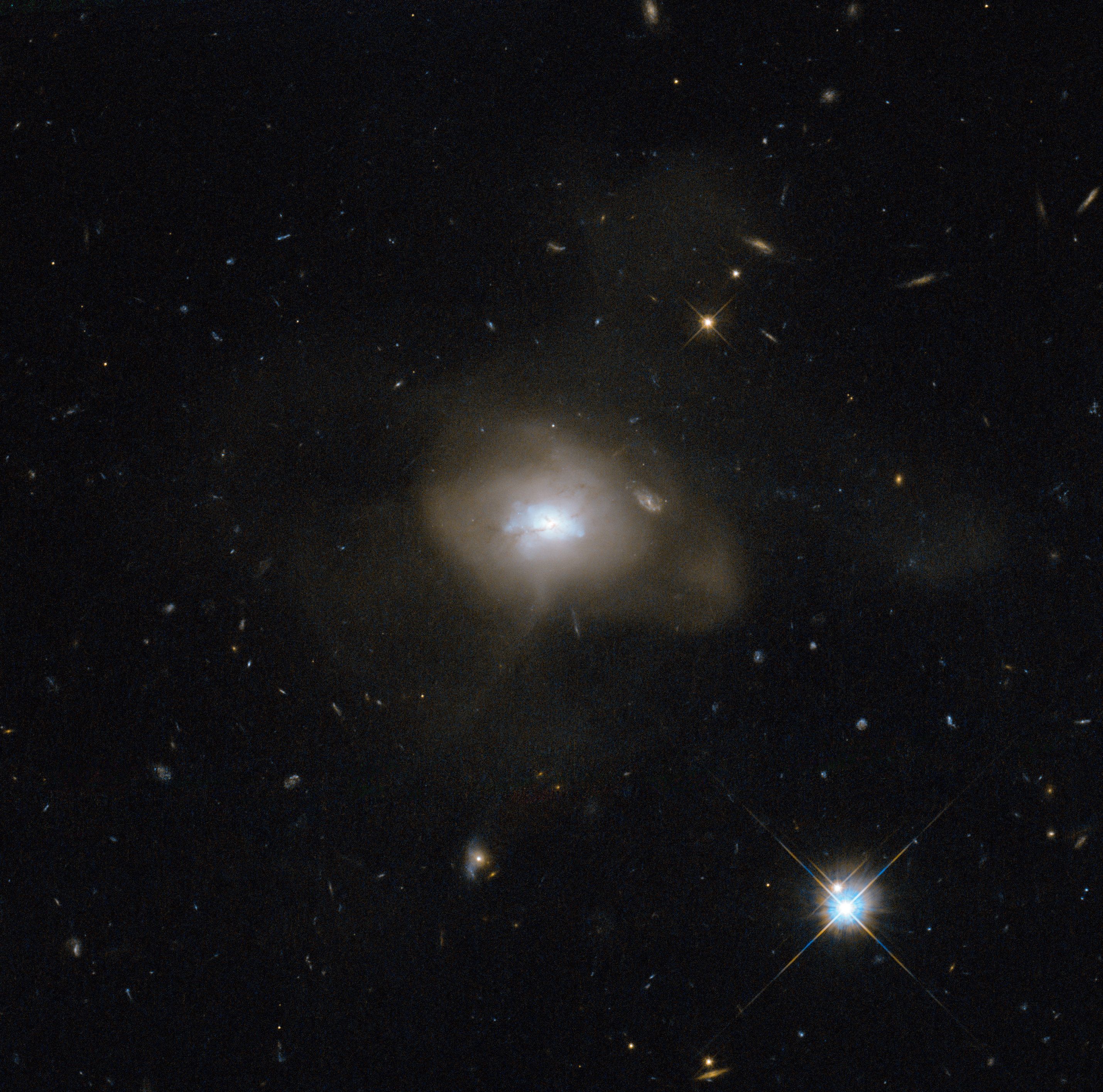
The NASA/ESA Hubble Space Telescope caught sight of a soft, diffuse-looking galaxy that is probably the aftermath of a long-ago galactic collision. Two spiral galaxies, each perhaps much like the Milky Way, swirled together for millions of years.
In such mergers, the original galaxies are often stretched and pulled apart as they wrap around a common center of gravity. After a few back-and-forths, this starry tempest settles down into a new, round object. The now subdued celestial body, cataloged as SDSS J162702.56+432833.9, is technically known as an elliptical galaxy.
When galaxies collide—a common event in the universe—a fresh burst of star formation typically takes place as gas clouds mash together. At this point, the galaxy has a blue hue, but the color does not mean it is cold: it is a result of the intense heat of newly formed blue–white stars. Those stars do not last long, and after a few billion years the reddish hues of aging, smaller stars dominate an elliptical galaxy’s spectrum. Hubble has helped astronomers learn of this sequence by observing galaxy mergers at all stages of the process.
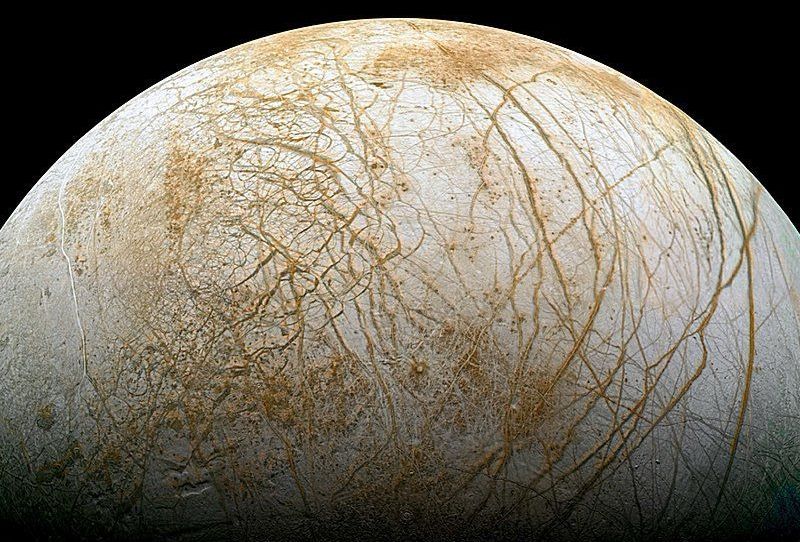
Jupiter is a giant hot gaseous planet situated after the asteroid belt at a distance of 365 million miles when it is the closest w.r.t Earth and 601 million miles when it is the farthest. It was just a few years back when Jupiter’s moon Europa was reported as a potential planet that can hose life. Europa headlined on the internet in 2016 after scientists were able to see water vapor like plumes erupting from its crust. But, as a part of new research at the University of Sao Paulo, Brazil, Europa might have liquid water flowing beneath its 10-kilometer deep ice crust. The researchers used data extracted the data from an analogous location on Earth and found that life is sustainable in even the harsh environment that Europa offers as it has a huge liquid ocean under its crust.
Douglas Galante is the part of the research team that stretched towards the Mponeng Gold Mine in Johannesburg, South Africa in such as evidence. During the research, they found that bacterium Candidatus Desulforudis Audaxviator survives inside the mine at the depth of 2.8 km without any sunlight. It uses the method of water radiolysis where the water molecules are dissociated with the help of ionizing radiation. The analysis of the mine highlighted the cracks that run throughout the mine filled with cracks that supply water containing radioactive uranium which in turns, helps the bacterium to break down water molecules and consume the free radicals produced.
Once the free radicals are generated, these subatomic molecules attack rocks in the surrounding which produces sulfate. This is what these bacteria utilize to synthesize energy and store it without even interacting with the sunlight. One of a kind findings confirmed that it was the very first time when scientists were able to explore a living organism using nuclear energy to survive directly. Galante stated that this ecosystem is analogous to that of Europa’s ocean which has a great amount of thermal energy and absolute zero temperature.
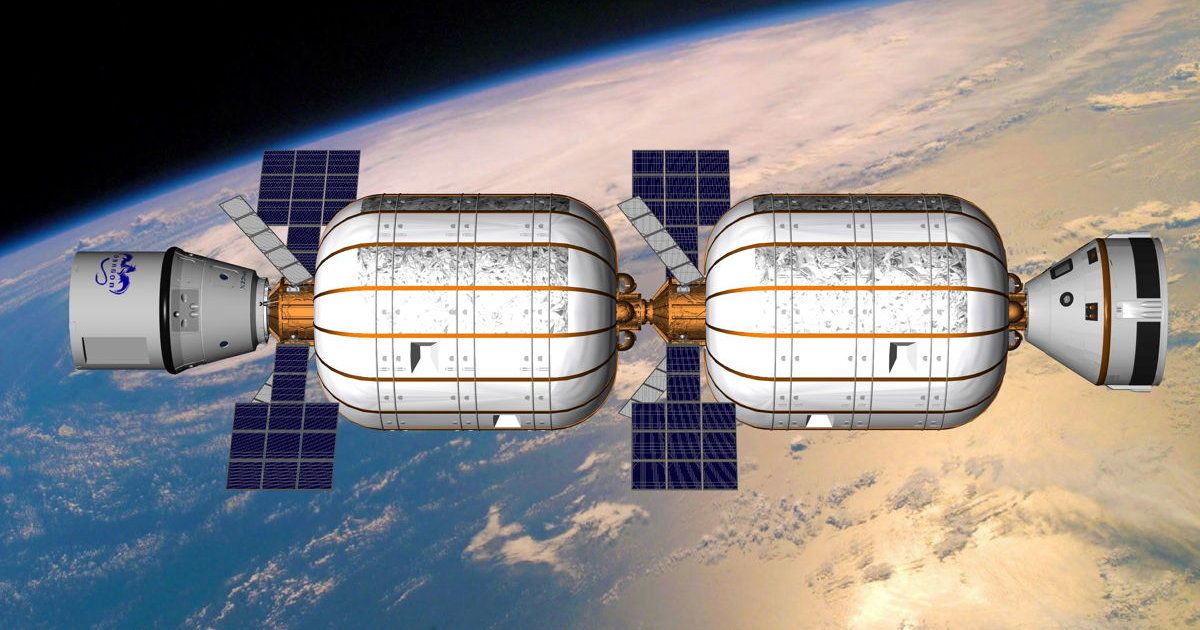
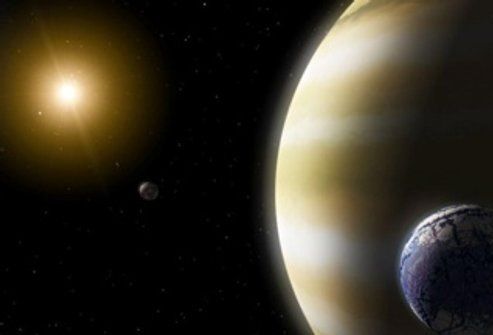
The mysterious object could be the first moon found beyond our solar system—or something else entirely.
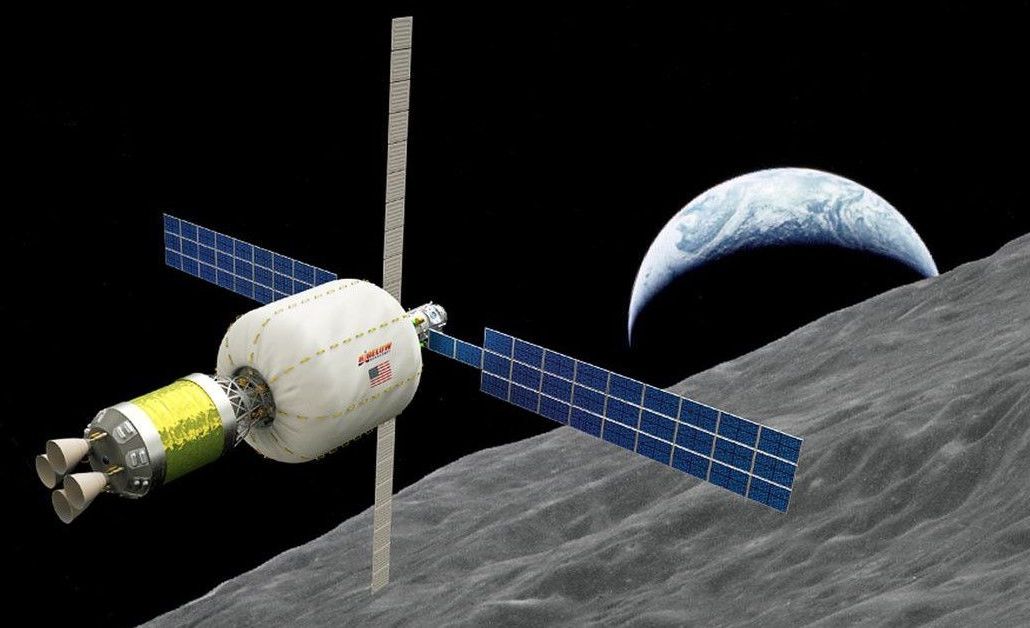
Bigelow Aerospace — the Las Vegas-based company manufacturing space habitats — is starting a spinoff venture aimed at managing any modules that the company deploys into space. Called Bigelow Space Operations (BSO), the new company will be responsible for selling Bigelow’s habitats to customers, such as NASA, foreign countries, and other private companies. But first, BSO will try to figure out what kind of business exists exactly in lower Earth orbit, the area of space where the ISS currently resides.
Bigelow makes habitats designed to expand. The densely packed modules launch on a rocket and then inflate once in space, providing more overall volume for astronauts to roam around. The company already has one of its prototype habitats in orbit right now: the Bigelow Expandable Activity Module, or BEAM, which has been attached to the International Space Station since 2016. The BEAM has proven that Bigelow’s expandable habitat technology not only works, but also holds up well against the space environment.
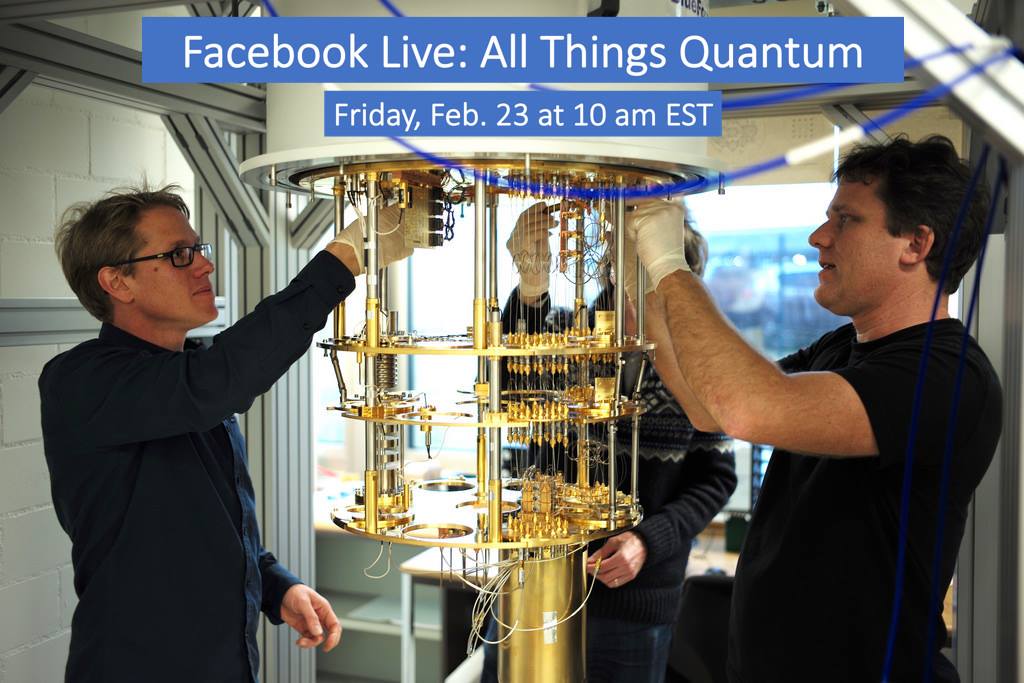
How do IBM scientists keep qubits colder than outer space?
IBM quantum physicists Dr. Stefan Filipp and Dr. Andreas Fuhrer (pictured) will be discussing quantum computing live from the IBM Zurich Research Lab, and will demonstrate how they keep qubits so cold, explain why, and take your questions.
Join us on Friday, Feb. 23 at 16:00 Paris time / 10:00 am EST.